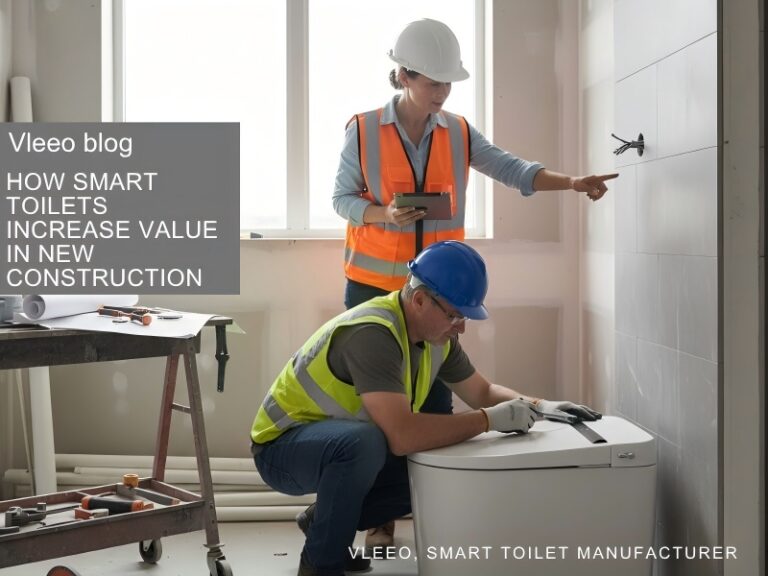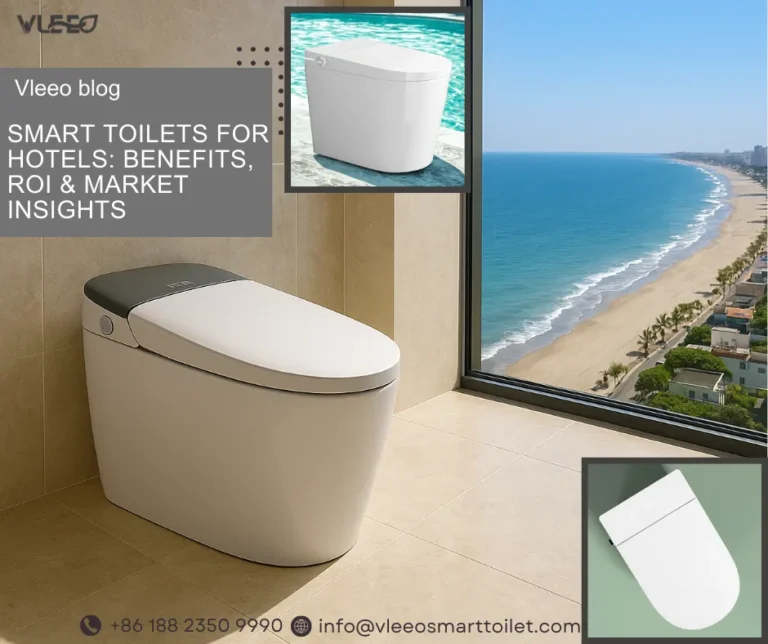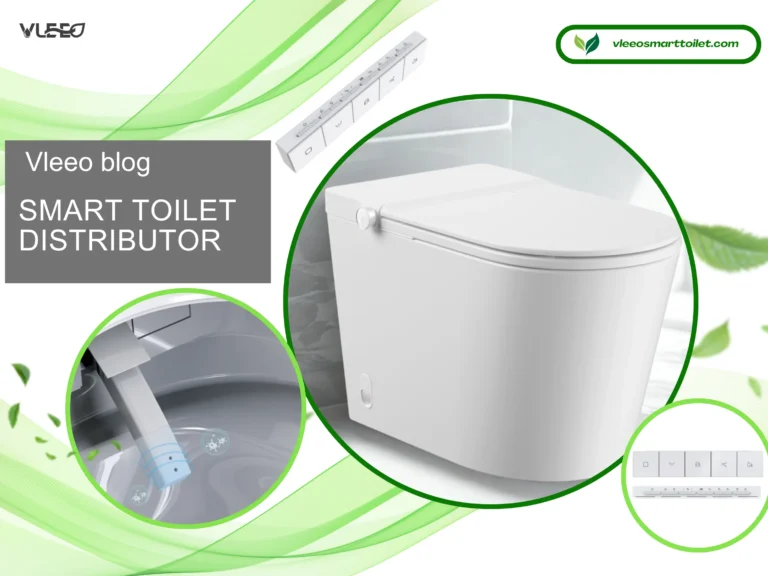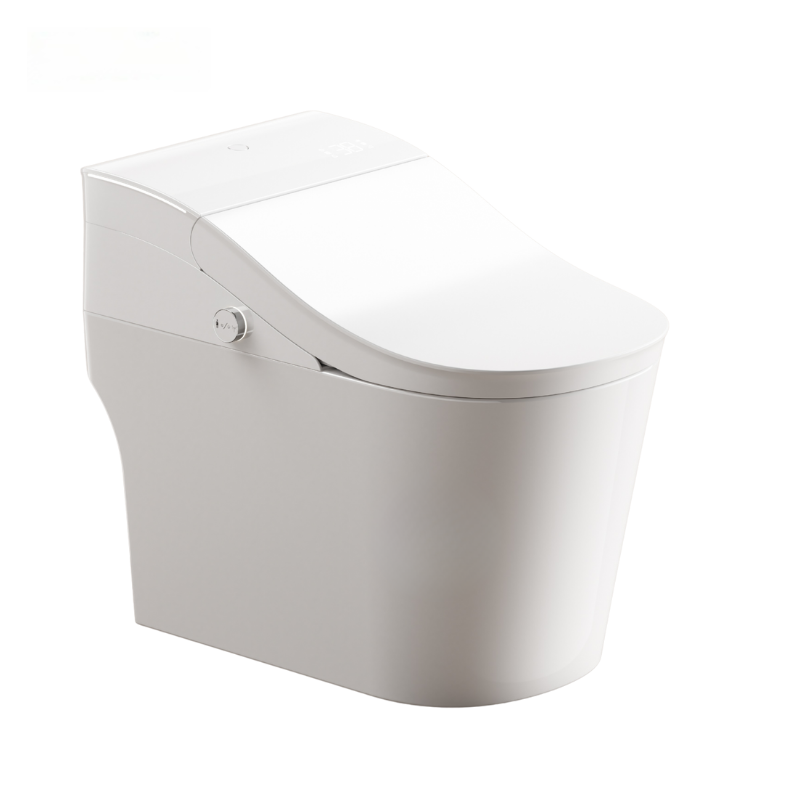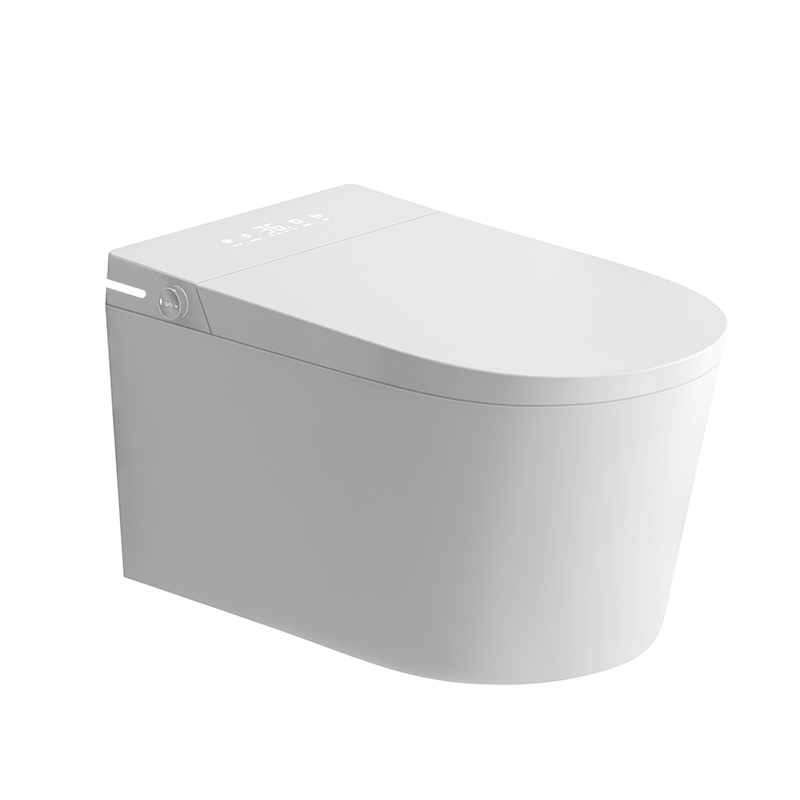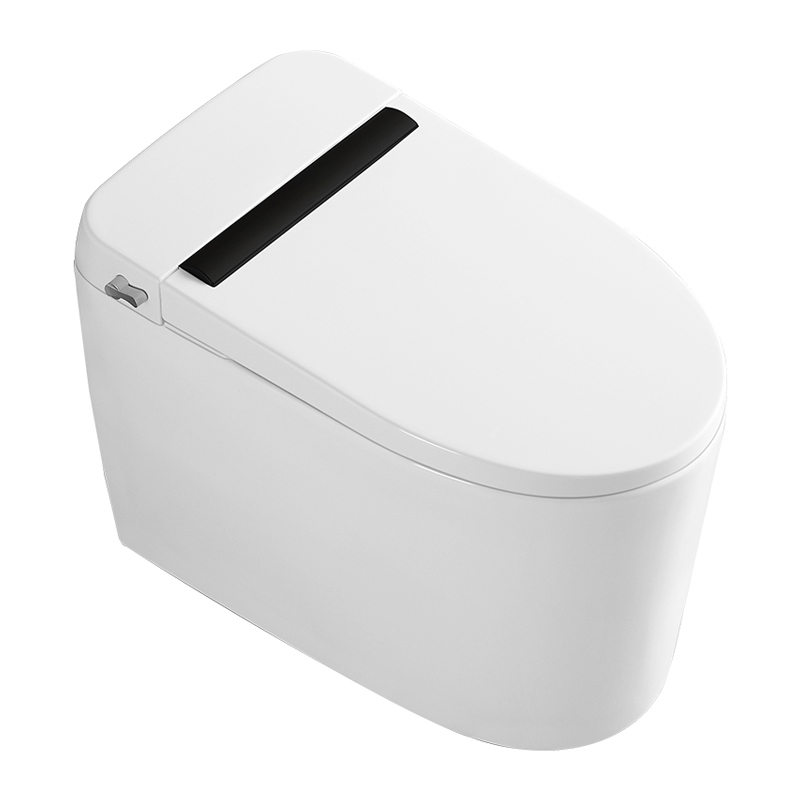-
Guxiang Town, Chaozhou City,Guangdong Province, China
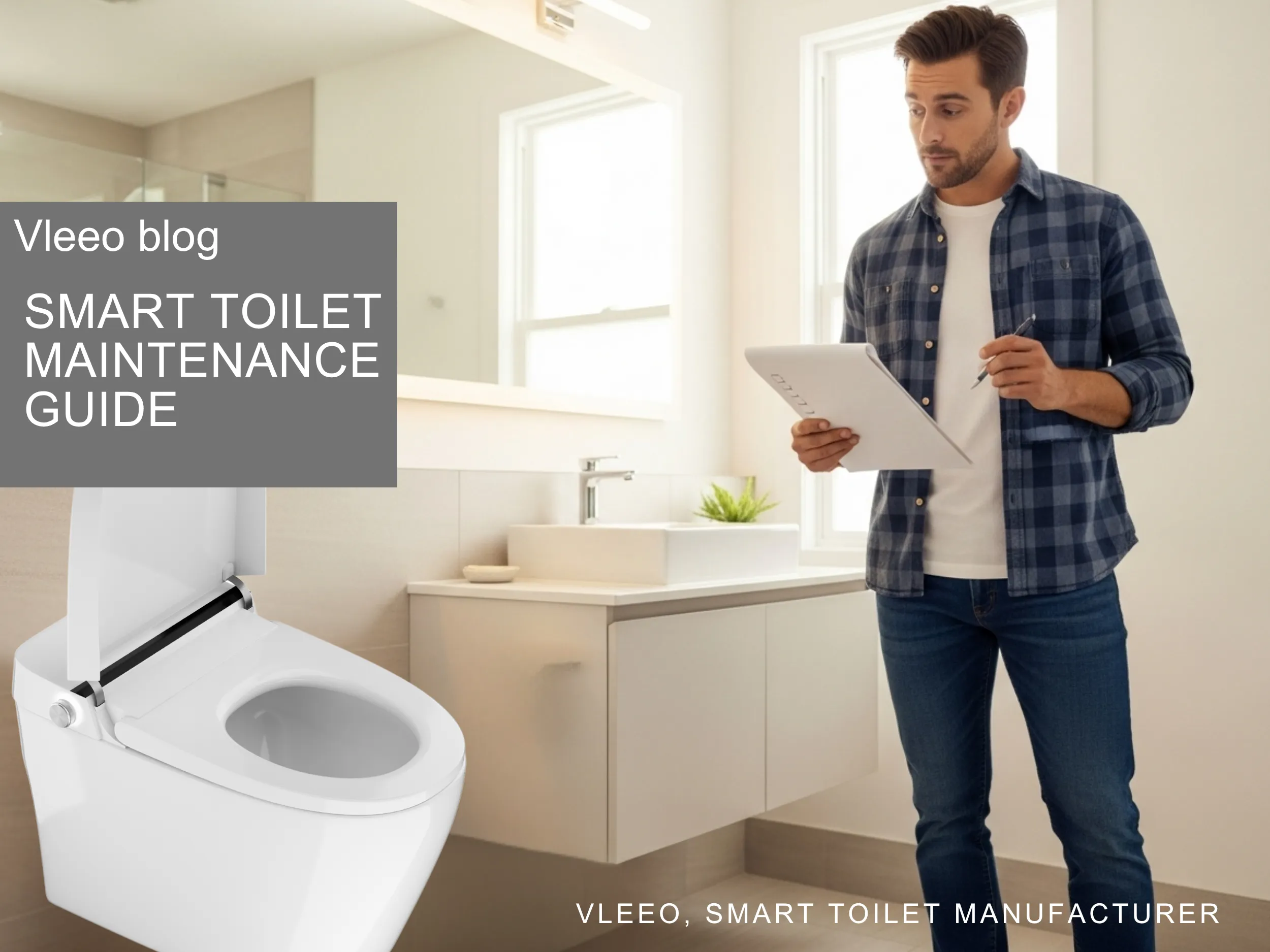
Smart Toilet Maintenance Guide for Importers and Distributors
If you’re in the smart toilet business — whether importing, distributing, or supplying to retailers — you already know these products aren’t just bathroom fixtures. They’re part plumbing, part electronics, and part luxury lifestyle upgrade.
Your customers expect them to work flawlessly. But without proper care, even the best models can face avoidable breakdowns. And that means more returns, more warranty claims, and higher costs for you.
This guide covers smart toilet maintenance essentials you can share with your retail partners, installers, and end-users. By educating them, you’ll not only protect your brand reputation but also help your customers get the best experience from their purchase.
Why Smart Toilet Maintenance Matters for Your Business
For end-users, regular upkeep means better hygiene and longer product life. For B2B buyers and importers, it’s about something more:
- Fewer warranty claims — well-maintained products fail less often.
- Happier customers — satisfied users mean repeat orders for you.
- Brand trust — you’ll be known as a supplier of reliable, trouble-free products.
- Better resale value — especially if your dealers handle showroom units or refurbished models.
External reference: Toilet Maintenance Checklist at the end of this article.
Types of Smart Toilets and Their Maintenance Priorities
Knowing what you import or distribute is key to giving accurate guidance.
1. Integrated Bidet Toilets
These combine a traditional toilet with bidet functions, offering adjustable spray settings and temperature controls.
Key advice for customers: Keep nozzles clean to prevent mineral buildup. Recommend gentle cleaning products and regular function checks.
Example model for reference: K2 Smart Toilet Seat by Vleeo — integrates bidet features with user comfort.
2. Self-Cleaning Toilets
Marketed for low-maintenance use, but they still need occasional manual cleaning.
Key advice: Remind customers that “self-cleaning” usually applies to the bowl — external surfaces, seats, and controls still need attention.
3. Touchless & Motion-Sensor Toilets
Operate using infrared or motion detection to open lids and flush.
Key advice: Dust or water spots on the sensor can cause malfunctions. Suggest wiping sensors weekly with a soft cloth.
Example premium option: CL-711 Smart Toilet with Foot Sensor.
4. Smart Home-Integrated Toilets
Wi-Fi or Bluetooth-enabled, controlled via apps or voice assistants.
Key advice: Software updates matter. Provide instructions or online resources for keeping firmware current.
5. Semi-Smart Toilets
Operate without electricity but still offer bidet and enhanced cleaning.
Key advice: Simple design means fewer breakdowns, but water pressure and seal maintenance still matter.
Example: CL-619 Semi-Smart Toilet
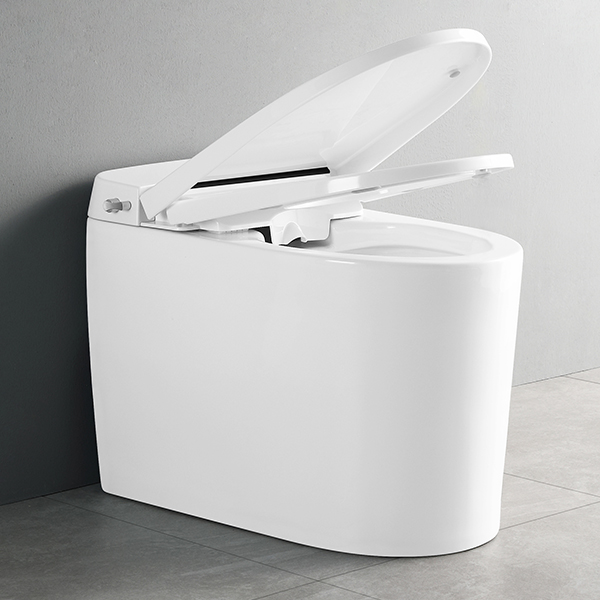
6. Entry-Level Smart Toilets
Affordable models that still include bidet, heated seats, and automatic flush.
Example: CL-616 Smart Toilet with Foot Sensor.
Standard Smart Toilet Maintenance Guidelines to Share with Customers
When you supply these units, give your dealers or end-users a maintenance checklist. It’s one of the best ways to cut down on returns and ensure customer satisfaction.
1. Component Inspections
- Check hoses and supply lines for leaks.
- Verify tight connections.
- Look for cracks in plastic parts or fittings.
2. Cleaning & Sanitizing
- Recommend mild, eco-friendly cleaners such as Eco-Friendly Bathroom Cleaners.
- Avoid bleach, ammonia, or abrasives — they can damage surfaces and electronics.
- Wipe seats, lids, and control panels with a soft microfiber cloth.
3. Sensor Care
- Wipe gently with a dry cloth once a week.
- Reset sensors by unplugging the unit for 30 seconds if they malfunction.
4. Performance Testing
- Run the flush, spray, and drying functions periodically.
- Check water pressure — low pressure can affect bidet performance.
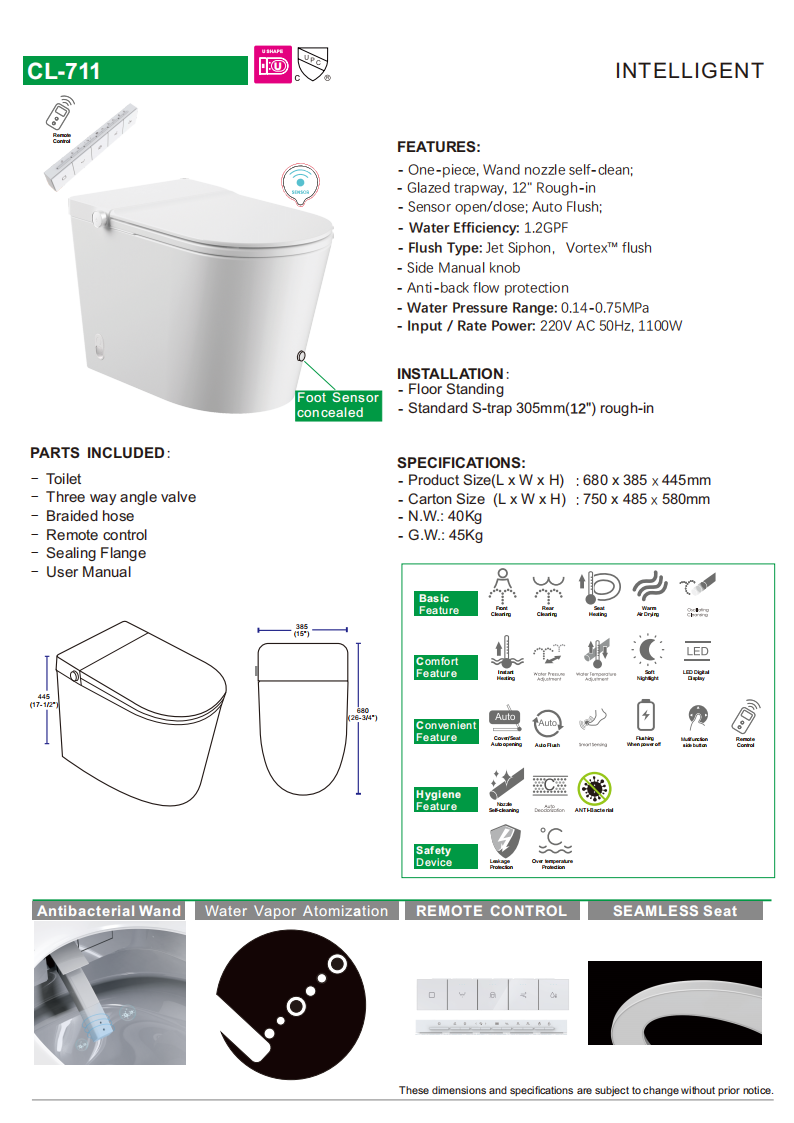
Troubleshooting during Smart Toilet Maintenance
Here’s what you should prepare your dealers to handle before escalating to warranty claims:
Flushing Problems
- Ensure the water valve is open.
- Check water pressure, reference from Vleeo
- Check for clogs using a plunger or drain snake.
Sensor Failures
- Clean the lens.
- Check for obstruction or misalignment.
Weak Water Flow
- Inspect water filters and nozzles.
- Check water supply lines for blockage.
Leaks
- Tighten fittings and replace worn seals.
Vleeo has a full list of problems and how to fix it. Contact our engineering team for details.
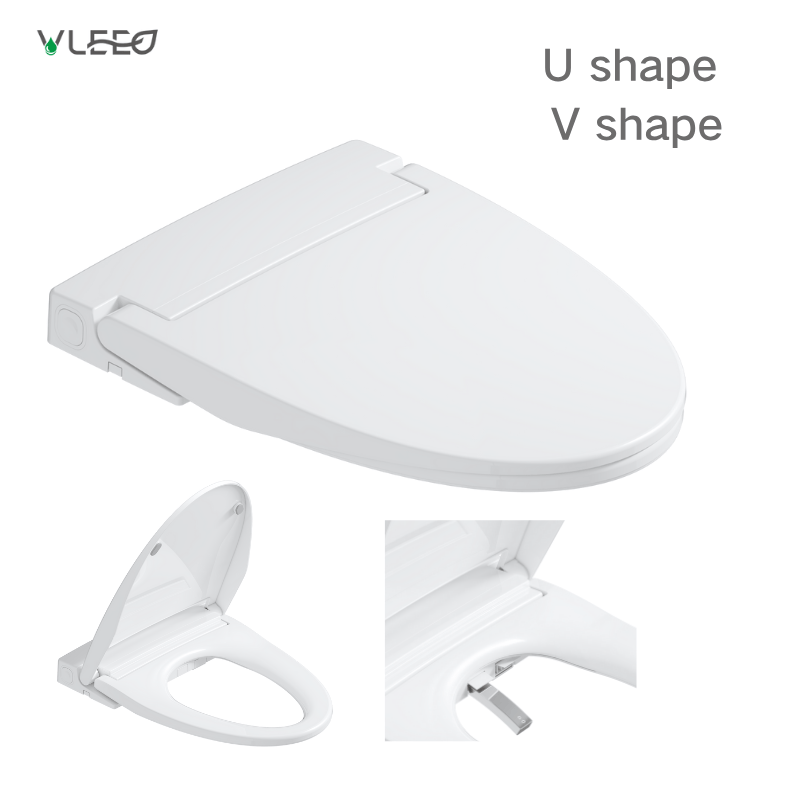
Advanced Maintenance Tips for Long-Term Customer Satisfaction
As a supplier, you can provide after-sales materials to help customers protect their investment:
Regular Deep Cleaning
- Monthly cleaning of nozzles and under the rim.
- For bidet models, recommend nozzle sanitizers.
Scheduled Inspections
- Suggest quarterly checks for leaks, seals, and sensor alignment.
- Encourage dealers to offer paid maintenance packages.
Performance Monitoring
- Keep records of common issues for each model.
- Share patterns with the manufacturer to improve future shipments.
Best Practices for Minimizing Returns and Building Brand Loyalty
- Provide clear care guides with every unit shipped.
- Train retail staff on troubleshooting basics.
- Use QR codes on packaging linking to video tutorials.
- Keep a supply of replacement parts for quick fixes.
Reference: How to Maintain Your Smart Toilet.
Final Takeaway for Importers and Distributors
Smart toilets deliver strong value to customers — but only if they remain reliable over years of use. By giving your retail partners and installers the right maintenance knowledge, you:
- Reduce the number of service calls and returns.
- Build long-term trust with your market.
- Position your brand as a reliable, professional supplier.
In the end, after-sales support is as important as the product itself. The more you help customers maintain their smart toilets, the more they’ll value you as their supplier.
At Vleeo, we have a standard SOP of the After-Sales Support Process for Importers/Distributors. With our support, our buyers always do the following:
- Include printed maintenance checklists in every shipment.
- Email digital copies of troubleshooting guides to retailers.
- Offer staff training videos on cleaning and servicing — include QR codes in packaging.
- Stock basic spare parts (seals, hoses, sensors) for quick repairs instead of full returns.
- Collect feedback on common issues to share with the manufacturer for product improvement.

